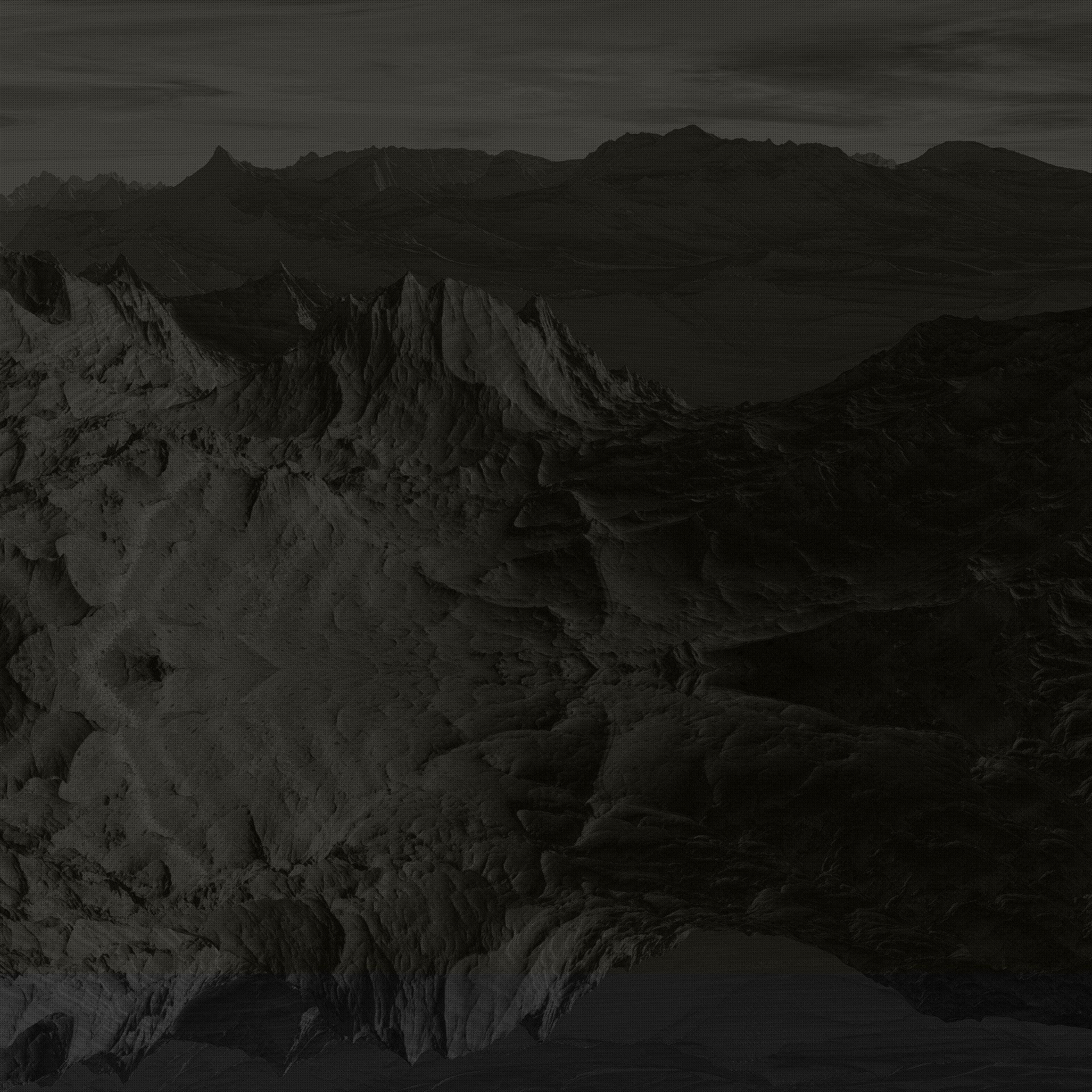Hello hello! I hope you are well. Today I bring a subject that I love and consider very important in any audiovisual production: where does the viewer look? Yes, look at the screen, we are sure of that. But to which part? What draws your attention to look at one point or another? What elements and what form can we highlight? I bring you a brief summary of tricks and techniques to capture their attention effectively. It is best to alternate them and use several in the same movie or series, because at the end if we use only one magic trick in the same show, the attention will go in the same way. Take out your hats, let's start!
Download the information of this post in .pdf:
How does our attention work?
The attention of the person who is watching our audiovisual work will depend on many factors and most of them are beyond our control, including their age, their historical context, their previous exposure to other films, their attention span... But many other factors are close to our field of action and we can play with them to create a final product in which, without even realizing it, the viewer is looking where we want them to look, they are retaining the most important pieces of information that we want them to remember and the camera movements themselves will be guiding their gaze, along with the rest of the elements: animation, lighting, render, compo...
It is known that a person who is very used to watching movies, series and playing video games will have a greater capacity to assimilate audiovisual content, just as a regular reader tends to read faster and have greater reading comprehension. Experienced viewers also pay more attention to details and are more likely to get ahead of the action. For example, a 10-year-old child watching a horror movie is less likely, due to the music, the camera shot, or the composition of the shot, to understand when there is going to be a jump scare. Horror geeks often know this simply because we have been exposed to a lot of cinema in that genre previously.
1- Do not add important information right at the beginning and at the end
During the first and last frames of any audiovisual work, our attention is still not 100% on what we are seeing. It is convenient not to put anything very important at the beginning or at the end, thus leaving room for the viewer to adapt. This also goes for when we prepare our reels as artists. It is indicated to choose the best shots for the beginning and the end, but it is also appropriate to add a small introductory poster about us right at the beginning, so that the viewer is placed in what he/she/they is seeing.


2- Silhouette of the characters
In every scene there is always a character (or several) who are the most important for that moment in the narrative. For this reason, we must consider how we are framing them and how to prevent the viewer from focusing more on others of less relevance.
Some ideas to achieve this:

3- Add a small glow where we want the viewer to look.
This trick is used a lot, especially in animation, and goes almost unnoticed. When we want the viewer to focus on something, usually an object, we add a little sparkle to it to say in a subtle way: hey, look at that! look at that new object. It is also used as a reflection in glasses to shift attention from one character to another, as a shine on glass or even on teeth.

4- repetition of elements
The repetition of elements on the screen is a very useful resource for not losing the viewer's attention and to situate themselves well in the shot. In addition to serving for the assimilation of the action and to focus on those most relevant elements or characters in the story.

5- rule of thirds
The rule of thirds is a compositional guide by which we divide the shot into three thirds, both vertically and horizontally, and place the most attractive and most interesting elements at the intersection between the thirds. It is a simple but very effective method of directing attention to where we are most interested.



Comments